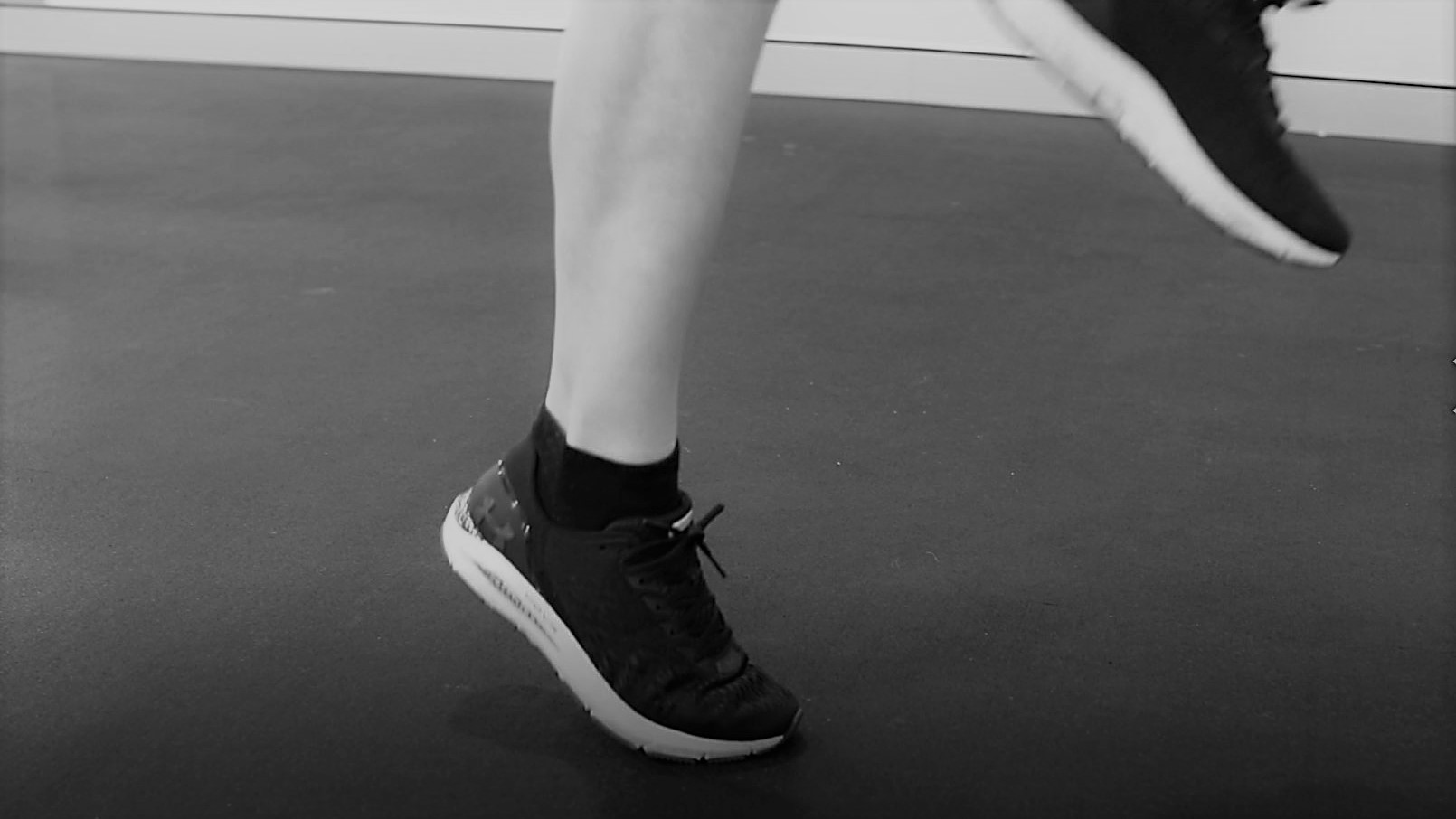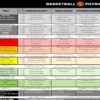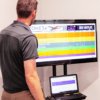MONITOR
Professional basketball players routinely monitor their flexibility, strength or symptoms via simple reliable physical tests. Significant changes in scores may lead to subtle modifications of training load and physical preparation, or become a prompt to follow up with the team physiotherapist.
It is accepted that single tests alone can no predict injury. However they can be a great way to start a conversation between athletes and sports physiotherapists.
An example could be an athlete who notices a significant decrease in their Sit and Reach following long plane or bus travel between games. This could become a prompt to go for a walk, jump in the pool, and perform a mobility session. This may be enough to restore the range and allow the player to feel ready to perform. If there were ongoing symptoms or loss of range this would then be further followed up with the team physiotherapist.
Screening and monitoring can be a time consuming process. Bespoke moinitoring for each individual should consider their past injury history, and athletic profile. I strive to be minimalist in the number or tests performed, but c;onsistent and thorough with following them up.
Other key considerations to monitoring include sleep, stress levels, and nutrition – topics so big they will need their own page!
ASSESS
During injury rehabilitation physical tests are routinely used to monitor progress during the rehabilitation of an injury. Examples include ankle dorsflexion range post ankle sprain, or hop distance test post lower limb injury.
Longer term conditions such as patella tendinopathy can be monitored via the level of symptoms on a provocative test, usch as Pain /10 on a single leg decline squat.
To improve the reliability of any test, athletes should aim to perform them at a consistent time. For example perform a single leg decline squat after breakfast, as symtoms may increase of decrease later in the day. Dorsiflexion range should be checked prior to exercise as it will potentially change as you warm up.
The following examples are tests that can be performed at home, gym or court to help athletes self monitor.









